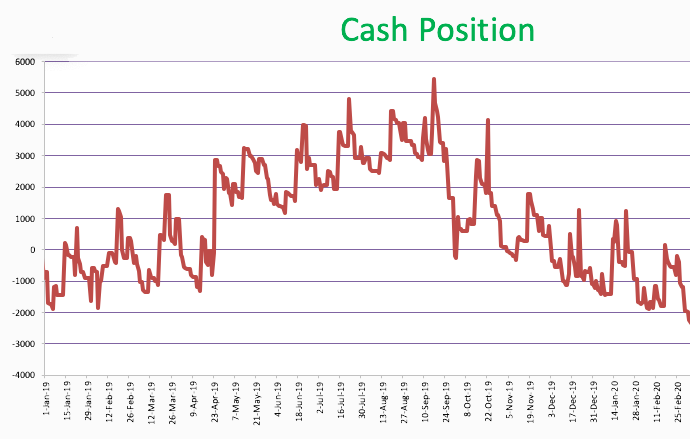|
|
A turning point |
|
| As soon as I’ve brushed my teeth each morning, I fire up an Excel spreadsheet named “Blubber.xlsx” and take inventory of several items with which I keep track of our physical and financial status: |
|
 the turning point |
|
Then the spreadsheet computes and graphs (1) our cash on hand (i.e., how close we are to being unable to pay expected bills) and (2) something approximating net worth. The trends in those graphs warn us when we need to take action to change them.
Since we’ve been watching these trends, we’ve shared warm, fuzzy, grateful feelings toward beneficent Providence, Who has clearly prospered our way, despite our manifest and lifelong lack of financial cleverness. Even though we’ve gone to the well of our retirement savings from time to time, it’s fair to say that we’ve become richer, not poorer, in our retirement years. Unless things change, we don’t seem to be going broke, and we’re bidding fair to leave our children more, rather than less, in the way of a material inheritance. Near the autumnal equinox of 2019, though, as the graph shows, we encountered a turning point that has to modify our expectations and, perhaps, our behavior in our remaining days. |
|
Back a Page (Burt Brothers good-will) |
Chapter 5 (2003-?) |
Such a Life Contents |
2018 2019 2020 |
Chapter 6 (People) |
Next Page (Victor Harvey Mortensen) |
| Welcome | Stories | Sections | Such a Life | People | Places | Site Search | Do You Know? |
| Updated Jul 2020 | [2019p12.htm] | Page 519-12 |